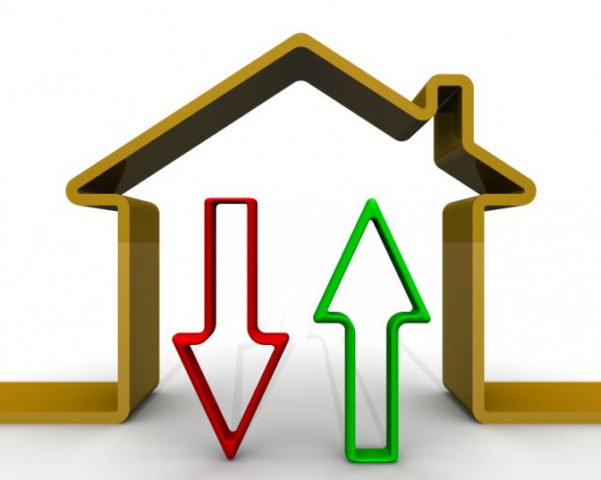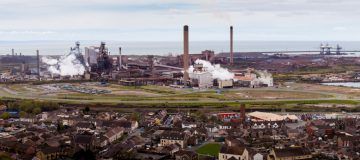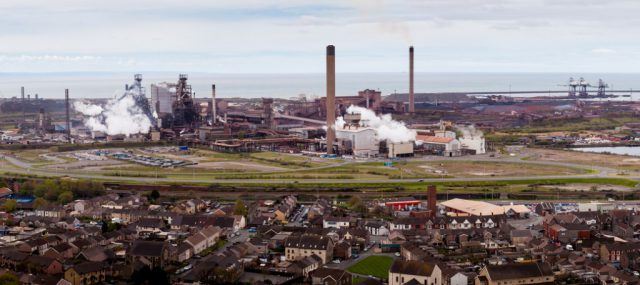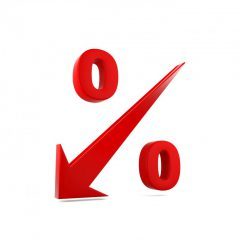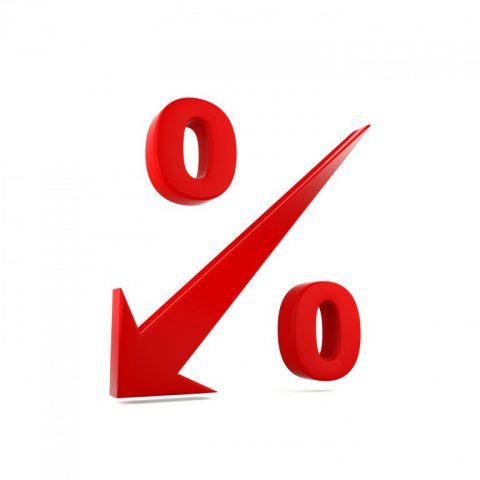House price growth in UK slows in September
Residential property values rose yet further in September, according to the latest data released by Nationwide.
Figures from the report show that property prices increased by 5.3% in the last month, in comparison to the same period 12 months ago. This was slightly slower than the rise of 5.6% recorded during August.
Price increases
The building society said that prices increased by 0.3% in comparison to last month, with this down from the month-on-month rise of 0.6% seen in August. The average cost of a residential property is now £206,015.
Nationwide economist Robert Gardner, believes that slight slowdown in growth in property prices is due to a shortage of homes for sale.
Gardner noted: ‘the relative stability in the rate of house price growth suggests that the softening in housing demand evident in recent months has been broadly matched on the supply side of the market.’[1]
Rob Weaver, director of investments at property crowdfunding platform Property Partner, pointed out that despite a slowdown, prices are still creeping up.
‘There’s been a stability in residential property that’s reassuring particularly post-Brexit and proof of the underlying strength in this market compared to the panic seen in the commercial sector. Stable house prices is really positive but the low levels of activity in the market is a continuing concern and an indication that it is still difficult to get mortgage finance despite the recent lowering of the base rate,’ he noted.[1]
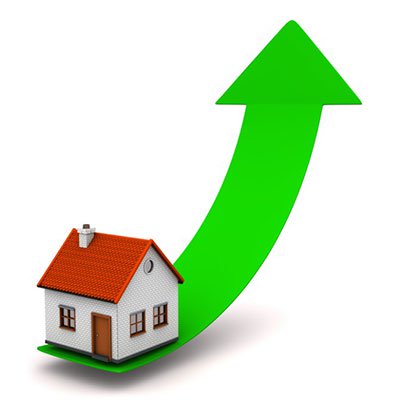
House price growth in UK slows in September
Brexit uncertainty
Russell Quirk, founder and CEO of eMoov.co.uk, noted: ‘Today’s report by Nationwide shows that prices have cooled marginally since last month, which could elude to the first real evidence of any post-Brexit uncertainty in the market.
‘I don’t think this is quite what we are seeing. The market remains in a very stable condition and in fact prices are showing stronger rates of growth both quarter to quarter and annually when compared to September of last year.’
‘September has also enjoyed the third largest annual price growth year on year, so I don’t think there is any need to run for the hills just yet. As Nationwide point out, the rate of supply has remained inadequate however, it seems the slight cool in prices is a result of buyers sitting tight rather than sellers and who can blame them,’ he concluded.[2]
[1] https://www.propertyinvestortoday.co.uk/breaking-news/2016/9/uk-house-price-growth-slows-says-nationwide
[2] http://www.propertyreporter.co.uk/property/annual-house-price-growth-slows-to-53.html
